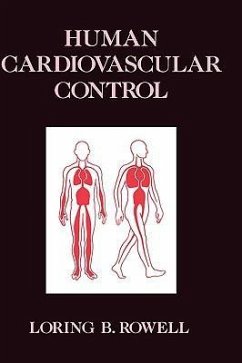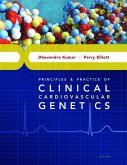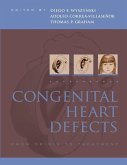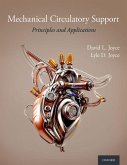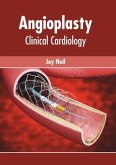This new, comprehensive analysis of human cardiovascular control explains the control of pressure, vascular volume and blood flow during orthostatis and exercise. Analysis of the physical properties of the vascular system and their modification by mechanical, neural, and humoural factors is highlighted by novel graphical representations of basic concepts. Interactive effects of the vasculature on cardiac performance and factors that both control and limit oxygen transfer from lungs to cells are stressed. This complete account will prove invaluable for all medical students, physiologists and clinicians who wish to better understand the reflex and hormonal control of the human cardiovascular system.
This new analysis of reflex and hormonal control of the human cardiovascular system developed from questions raised in Human Circulation: During Physical Stress (Rowell, 1986) and from recent findings. The goal is to help students, physiologists and clinicians understand the control of pressure, vascular volume, and blood flow by examining the cardiovascular system during orthostasis and exercise, two stresses that most affect these variables. A discussion of the passive physical properties of the vascular system provides a basis for explaining how vascular control is modified by mechanical, neural, and humoral factors. Interactive effects of the vasculature on cardiac performance are emphasized; they reveal the importance of autonomic control, supplemented by muscle pumping, in maintaining adequate ventricular filling pressure. The author's detailed analysis of how total oxygen consumption is restricted focuses on limitations in cardiac pumping ability, oxygen diffusion from lungs to blood and from blood to active muscle, oxidative metabolism and neural control of organ blood flow. An unsolved mystery is the nature of the signals that govern the cardiovascular responses to exercise. This is discussed in a new and critical synthesis of ideas and evidence concerning the "error signals" that are sensed and then corrected by activation of the autonomic nervous system during exercise.
Hinweis: Dieser Artikel kann nur an eine deutsche Lieferadresse ausgeliefert werden.
This new analysis of reflex and hormonal control of the human cardiovascular system developed from questions raised in Human Circulation: During Physical Stress (Rowell, 1986) and from recent findings. The goal is to help students, physiologists and clinicians understand the control of pressure, vascular volume, and blood flow by examining the cardiovascular system during orthostasis and exercise, two stresses that most affect these variables. A discussion of the passive physical properties of the vascular system provides a basis for explaining how vascular control is modified by mechanical, neural, and humoral factors. Interactive effects of the vasculature on cardiac performance are emphasized; they reveal the importance of autonomic control, supplemented by muscle pumping, in maintaining adequate ventricular filling pressure. The author's detailed analysis of how total oxygen consumption is restricted focuses on limitations in cardiac pumping ability, oxygen diffusion from lungs to blood and from blood to active muscle, oxidative metabolism and neural control of organ blood flow. An unsolved mystery is the nature of the signals that govern the cardiovascular responses to exercise. This is discussed in a new and critical synthesis of ideas and evidence concerning the "error signals" that are sensed and then corrected by activation of the autonomic nervous system during exercise.
Hinweis: Dieser Artikel kann nur an eine deutsche Lieferadresse ausgeliefert werden.

